The Wizard is perhaps the poster child of Dungeons & Dragons 5E as the image of a spellcaster and their spellbook is now burned into popular media. In 5E, their Traditions guide what kind of Wizard they become, from a devastating Mage of destruction to one who weaves reality to their whim.
While all Wizards are undoubtedly powerful, some definitely chose a better major to go into. Let’s give them a ranking so you know which ones are for fun and which can get you some power.
Arcane Traditions are the Wizard’s subclass, available at level two. They give the Wizard abilities at levels two, six, 10, and 14. Many subclasses, especially from the Player’s Handbook, have the Savant feature, letting you copy spells of a specific school of magic in half of the time and for half of the price.
All playable Wizard Traditions in 5E
Including the Chronurgy and Graviturgy Wizards from Explorer’s Guide to Wildemount, there are 13 Arcane Traditions in official 5E books. There are no specific restrictions on race or location for any of these archetypes, though you should always ask your DM before taking an archetype from a book other than the Player’s Handbook.
13. Transmutation

If you want an archetype that basically lets you cast Prestidigitation, here you are.
- Role: Magical support
- Notable Features: Transmutation Savant, Transmuter’s Stone
The Transmutation Wizard’s best quality is learning transmutation spells at a reduced price. Unfortunately, the rest of the archetype is locked up in abilities that are basically worse than casting low-level magic. Minor Alchemy serves as a cool ability to change materials that take your concentration, Shapechanger is quite literally just Polymorph, and Master Transmuter provides a strong benefit once per day that is, usually, on the Cleric’s spell list.
The only winning quality of this archetype is its stone. The Transmuter’s Stone can give a speed boost or allow resistance to an elemental effect, among other admittedly useful qualities. It’s basically giving you access to a level-one spell permanently, which is fine. But other archetypes let you do things beyond the magic a Wizard accesses. This isn’t unplayable, just not something a Wizard should be excited about.
12. Conjuration

The creation of matter really deserves to be higher on this list. And yet, here we are.
- Role: Magical utility, summoner
- Notable Features: Conjuration Savant, Focused Conjuration, Durable Summons
The School of Conjuration’s Conjuration Savant is a legitimately powerful ability that gives the Wizard access to a ton of different items in the game. And, unlike the Transmutation Wizard, there are some abilities here that go beyond a spell list. Focused Conjuration gives you the ability to ignore damage when concentrating on your summons, and Durable Summons gives your summons temporary HP.
Sadly, those are the endgame abilities of the class. At level two, you can make small items, kind of like a stronger Prestidigitation. And at level six, you get a terrible version of Misty Step. Not exactly the power spike you’re wanting from your Tradition.
Same problem as Transmutation. You want more than just slight buffs on spells for your archetype.
11. Bladesinging

We’re moving from archetypes that care too much about magic to one that might be a bit ambitious about the Wizard’s role in a party.
- Role: Melee damage
- Notable Features: Bladesong, Extra Attack
Originally concocted by the Elves, Bladesingers can activate a song that provides them a bonus to AC equal to intelligence, a boost to walking speed, a bonus to concentration, and advantage on Acrobatics. This theoretically allows Wizards to run into the frontlines since the archetype also grants proficiency in armor and a single type of one-handed melee weapon.
However, the archetype does a poor job of emphasizing a Wizard’s place on the frontlines. The bonus to AC and speed are good but don’t incentivize melee combat. A Wizard could just sit in the back firing cantrips and use this stance as a temporary buff for hard fights. And they should, since you only access this for a number of minutes per day equal to proficiency. Two minutes is not nearly enough to keep you safe for an entire dungeon. Six minutes is pushing it. And even with the buffs, you’re still a d6 hit dice caster, desperately stretched between Intelligence, Dexterity, and Constitution. Not exactly the most fun place to be.
As you level up, you get the interesting ability to attack once with a cantrip and then with a weapon, which makes great use of strong cantrips like Toll the Dead or Green-Flame Blade. However, it isn’t until level 14 that you get a good reason to be on the frontlines.
This archetype seems fun, and that’s because it is. But, make sure you have a lot of support before considering this.
10. Graviturgy
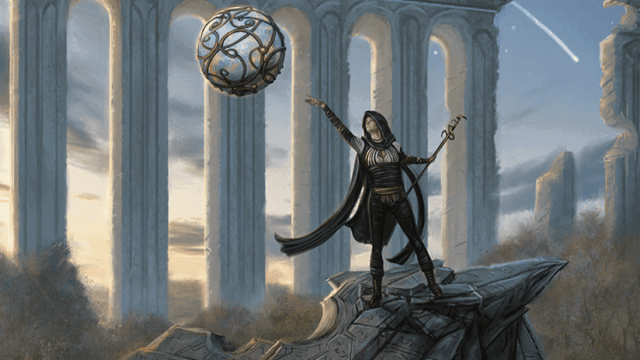
You’d think having control of gravity would give you unparalleled strength. Turns out you just make people run faster.
- Role: Magical utility
- Notable Features: Adjust Density, Violent Attraction
The Graviturgy Wizard is themed around adjusting the weights of targets or increasing how gravity works on them. What this boils down to is improving movement speed and minor boosts to damage.
This Wizard does have access to improving or reducing speed immediately, but that takes up concentration. Good for your Barbarian at times when you don’t want to cast a spell to speed them up, but just cast Longstrider on them, for goodness sake.
As they get stronger, they learn how to shove creatures around after a spell connects, can deal damage when a creature is domed with a weapon or when a creature takes falling damage, and can eventually make a no-go zone around themselves.
These bonuses are solid, but we’re back on the “replicating basic spell” train again. Violent Attraction is the only one that’s different since you can use your reaction to boost an attack’s damage by an average of five or falling damage by an average of 11.
Not the worst school, but suffers from having their abilities be either too niche to work out or just replicating a spell. Wizards are so much more than that.
9. Illusion

Surely, a Wizard is beyond simple stage magic.
- Role: Magical control
- Notable Features: Improved Minor Illusion, Malleable Illusions
The Illusion Wizard gets Illusion Savant, so discounts on Illusion magic are plentiful.
Then, they just get a ton of abilities that augment illusions. They can cast Minor Illusion like a champion, can change how illusions work over time, and can even make elements of their illusion real. At level 10, they gain their first combat-relevant ability through an illusory double that forces an attack to miss.
These abilities go beyond simple spells but rely on you having a talented DM and good opportunities to make them work. Plus, planning around your illusions can have the same effect. This archetype is really fun, but only in the right circumstances, and there are ways to play with Illusions that don’t use this build.
8. Enchantment
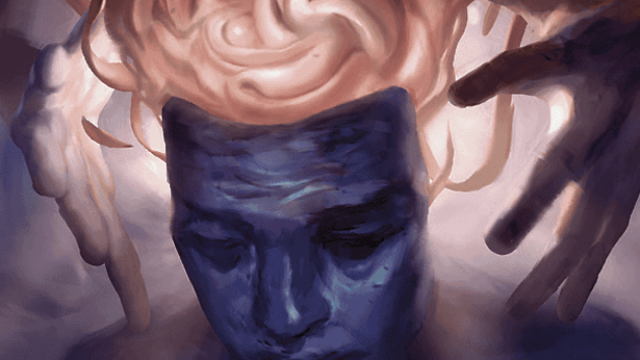
Charming.
- Role: Magic control
- Notable Features: Instinctive Charm, Split Enchantment
Another school with a Savant ability, the Enchantment class is the point where you start getting some interesting abilities. Their first, Hypnotic Gaze, lets you incapacitate a creature if you get close enough. This can let allies sneak around, start a fight effectively, or let you talk with them before they can leave.
The rest of the tree is similarly interesting. Their level six ability lets you dodge attacks on creatures without a meaningful resource to spend, potentially saving you from a ton of damage. Level 10 lets you use all Enchantments, like Twinned Spell Metamagic, doubling the efficiency of spells like a level two Hold Person, or Hex with the Fey Touched feat. And, eventually, you can even weed out some memories for them. Handy for social campaigns.
Even if it is a little awkward to use effectively in combat before level 10, the Enchantment Wizard is the first generic School Tradition that we heartily recommend.
7. Evocation
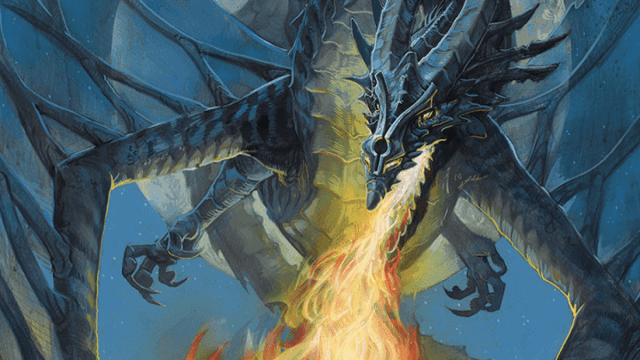
Fireball is my middle name.
- Role: Magic damage
- Notable Features: Evocation Savant, Empowered Evocation
The Evocation Wizard’s main game plan is to deal a lot of damage with magic. At level two, this means letting allies avoid the damage of your massive area of effects, making planning out Fireballs or Cones of Cold much easier. Potent Cantrip, at level six, boosts your round-to-round damage considerably, since missing is no longer that big of a deal.
Level 10 lets you add Intelligence to your damage rolls for Evocation. This includes cantrips like Fire Bolt, so you’re getting big numbers on your round-to-round damage, too. However, dealing five extra damage with a Fireball, while nice, is not game-breaking.
Level 14 is more interesting letting you max roll damage on spells like Lightning Bolt or Cone of Cold. A max level three Lightning Bolt does 42 damage, which is very good. Cone of Cold does 64. It really incentivizes use, but it comes at a cost of damage whenever you use it after the first time.
This archetype hits like a truck, but Wizards have so much more to do with their turn than just hitting really hard. Not a bad option if your goal is to blast, but other archetypes help out your party more effectively.
6. Scribes

The Disney archetype.
- Role: Magical utility
- Notable Features: Awakened Spellbook, Manifest Mind, Master Scrivener
The Scribes Wizard offers a tangible advantage to a party by providing a scout to them at level six and producing scrolls for them at level 10.
They also get more interesting, harder-to-define advantages throughout their levels, such as the ability to change their spell damage type or cast a Ritual spell at the spell’s normal speed. At level 14, you can burn spell slots to avoid all damage, potentially saving your life at the cost of 3d6 levels of spells known for multiple days.
It’s a cool subclass with a lot of power, but no defined strengths. They just get a bunch of neat utility. Great fun, especially if you’re not sure what type of Wizard you want to be. Just don’t expect to top any leaderboards.
5. War Magic
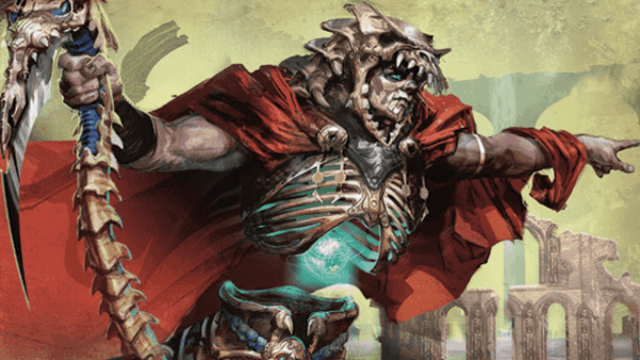
We’re off to war. That doesn’t mean we’re wearing armor, though.
- Role: Magic damage, anti-mage
- Notable Features: Arcane Deflection, Power Surge, Durable Magic
The War Magic archetype is a generically strong Wizard that focuses on durability. It’s better at initiative, can gain a large bonus to AC or a saving throw against a single effect (at the cost of casting spells for the rest of the turn), and has a focus on countering magic to gain power for yourself.
Eventually, you gain a bonus to AC and saving throws while concentrating, and can even deal up to 30 damage while using your impactful defensive reaction.
The War Mage is very protective, though its situational Power Surge ability makes it a bit hard to put very high on the list.
4. Abjuration
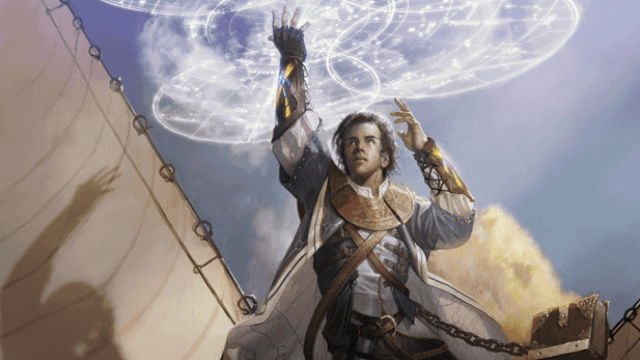
Nothing can hurt me behind my impenetrable forcefield.
- Role: Magical Defense
- Notable Features: Arcane Ward, Improved Abjuration, Spell Resistance
The best anti-mage in the game, the Abjuration School’s main gimmick revolves around a ward. This ward soaks up to twice your level plus your Intelligence in damage, and stacks with temporary hitpoints. It replenishes when you cast abjuration magic, like Shield or Protection spells.
As you level, you can send it to soak hits for others. However, you also become much better at Counterspelling, adding your proficiency modifier for the check to counter magic. Then, at level 14, you become resistant to magic, saving against it with advantage and halving damage made against you.
Wizards are very strong anti-mages to begin with and this archetype shuts down any mage hoping to take advantage of your poor party. If you see your group having trouble with magic, this can easily help out.
3. Necromancy

Arise, minions. We have work to do.
- Role: Summoner
- Notable Features: Undead Thralls
The Necromancy Wizard focuses on something even Conjuration has trouble with; making summons fantastic early and often. Its level-six ability makes you the best user of Animate Dead in the game, providing a massive undead army with very strong health pools and damage potential. A great combination with an Oathbreaker, by the way.
Earlier on, at level two, you gain healing whenever you kill a target. Eventually, you get better at dealing with undead in general, like gaining resistance to necrotic damage and gaining the ability to control undead.
Sadly, this archetype is fully and undeniably carried by its level six ability to raise undead. However, the ability to add armies of replaceable and damaging meat walls to your party can’t be underestimated.
2. Chronurgy
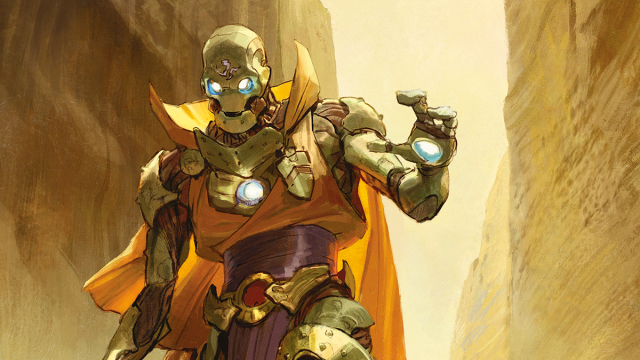
Shockingly, the ability to control time is rather good.
- Role: Magical utility
- Notable Features: Chronal Shift, Momentary Stasis, Convergent Future
The Chronurgy Wizard utilizes the manipulation of time for their own purposes. This means they can force rerolls—that aren’t advantage or disadvantage—and can stall creatures in time. They also have the unique ability to store spells in motes and hand them out to party members, meaning the Monk can chuck a Fireball before sprinting in and Flurrying fools. Or your Familiar can get a Familiar.
The Chronurgy’s best ability, however, is its access to dice roll features. At level 14, they can just say whether a roll succeeds or fails at the cost of exhaustion levels. Exhaustion is terrible, admittedly, but when your Paladin desperately needs to kill the final boss? Surely that’s worth becoming a bit tired.
This is a great archetype with roll manipulation and combat utility galore. But, there’s one subclass that we think beats it.
1. Divination
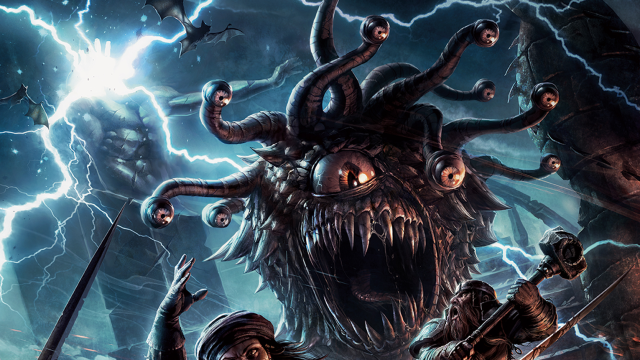
Yeah, you saw this coming.
- Role: Magical utility
- Notable Features: Portent, Expert Divination, Greater Portent
Divination is probably the strongest school of magic in 5E. Not only are there some legitimate combat options, but the school has access to all information magic. If you want to see what’s going on in another room, you’re casting a Divination spell. And this Wizard gets a half-off deal on all of them.
That’s just one part. This Wizard also gets Portent, two d20s that they know the number of and can replace dice with. Is your Rogue about to sneak attack a very important boss? Well, they already rolled a 17. Is your Druid about to be sent into space by an Ogre? Good thing the Ogre rolled a two you already have.
Having control of dice rolls is an insanely potent feature that only the Chronurgy School can match, and that has no guarantee of success until level 14. Meanwhile, you’re guaranteeing success at level two. And, when you reach level six, you quite literally restore spell slots whenever you cast some of the strongest magic in the game.
It’s a shame that BG3 had to nerf this archetype into the ground by removing most Divination spells. It’s so strong on the tabletop.




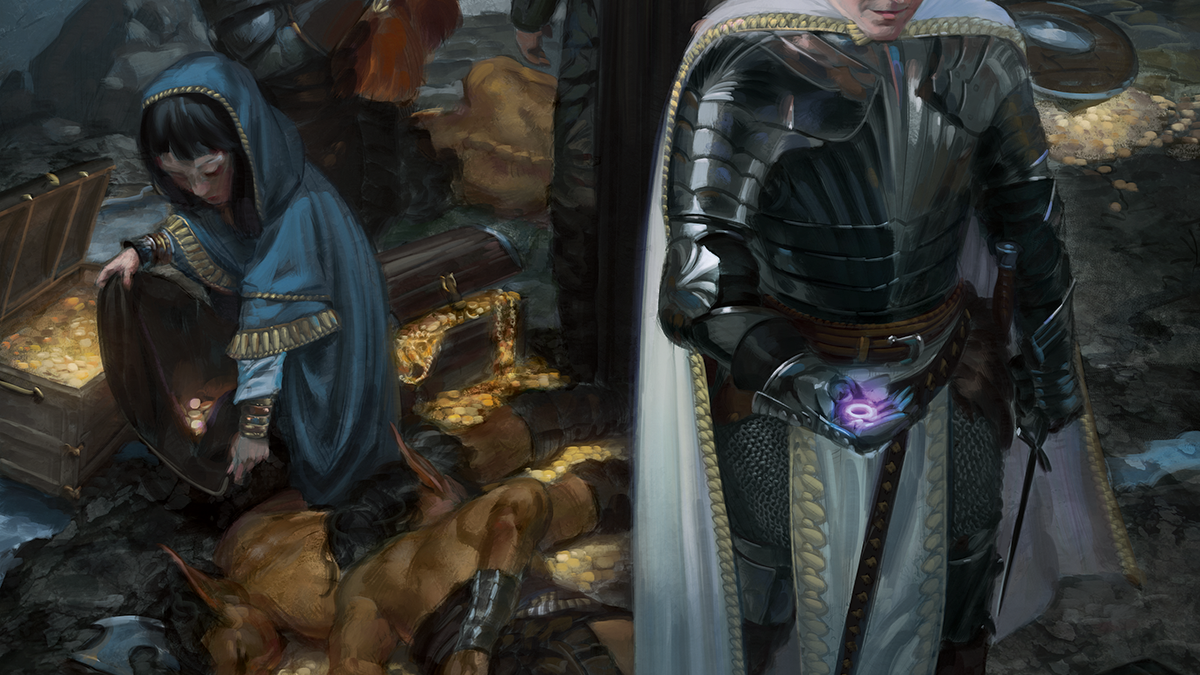
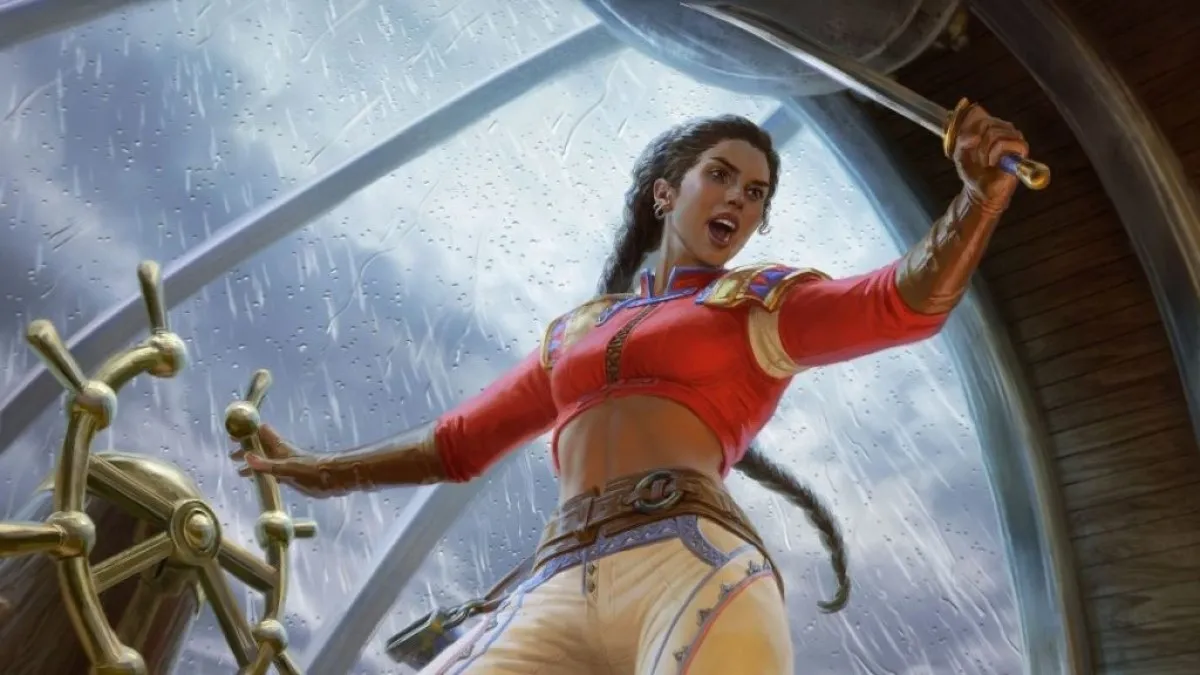
Published: Sep 15, 2023 11:07 pm